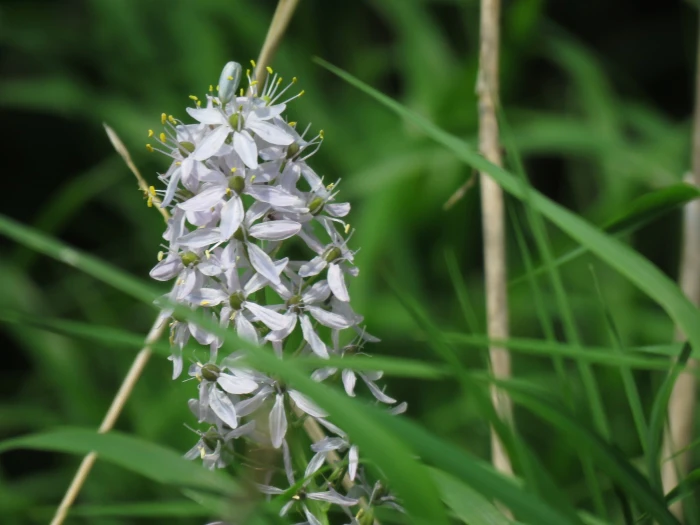Atlantic Camas
(Camassia scilloides)
Atlantic Camas (Camassia scilloides)
/
/

Paul Roots
CC BY 4.0














































Estimated Native Range
Climate Requirements for Koshigaya, Japan
| This Plant | Your Site | Plant Suitability for Your Location | ||
|---|---|---|---|---|
| • Precipitation | 25" - 63" | 54" | Aquatic | Aquatic |
| • High Temp. | 71°F - 97°F | 87°F | Your summer temperatures are normal for this plant. | Excellent |
| • Low Temp. | 1°F - 42°F | 31°F | Your winter temperatures are normal for this plant | Excellent |
Summary
Atlantic Camas is valued for its attractive blooms and is often used in naturalistic plantings, such as meadow gardens and borders, where it can naturalize. It is also suitable for rain gardens due to its tolerance for moist conditions. While it prefers full sun or part shade, it is adaptable to various soil types, provided they offer medium or slow drainage. Gardeners should be aware that while generally low-maintenance, the plant can suffer from bulb rot if overwatered or planted in poorly drained soils.CC BY-SA 4.0
Plant Description
- Plant Type: Herb
- Height: 1-2 feet
- Width: 1-2 feet
- Growth Rate: Moderate
- Flower Color: Blue, White
- Flowering Season: Spring
- Leaf Retention: Deciduous
Growth Requirements
- Sun: Full Sun, Part Shade
- Water: Medium
- Drainage: Medium, Slow
Common Uses
Bank Stabilization, Bee Garden, Bird Garden, Border Plant, Butterfly Garden, Drought Tolerant, Edible*Disclaimer: Easyscape's listed plant edibility is for informational use. Always verify the safety and proper identification of any plant before consumption., Fragrant, Hummingbird Garden, Low Maintenance, Showy Flowers, Street Planting
Natural Habitat
Moist meadows, open woodlands, and along streambanks
Other Names
Common Names: Wild Hyacinth, Eastern Camas, Präriehyacint
Scientific Names: Camassia scilloides, Camassia esculenta, Camassia fraseri, Schoenolirion texanum, Scilla fraseri, Camassia hyacinthina, Quamasia hyacinthina, Scilla esculenta, Camassia scilloides f. petersenii
GBIF Accepted Name: Camassia scilloides (Raf.) Cory